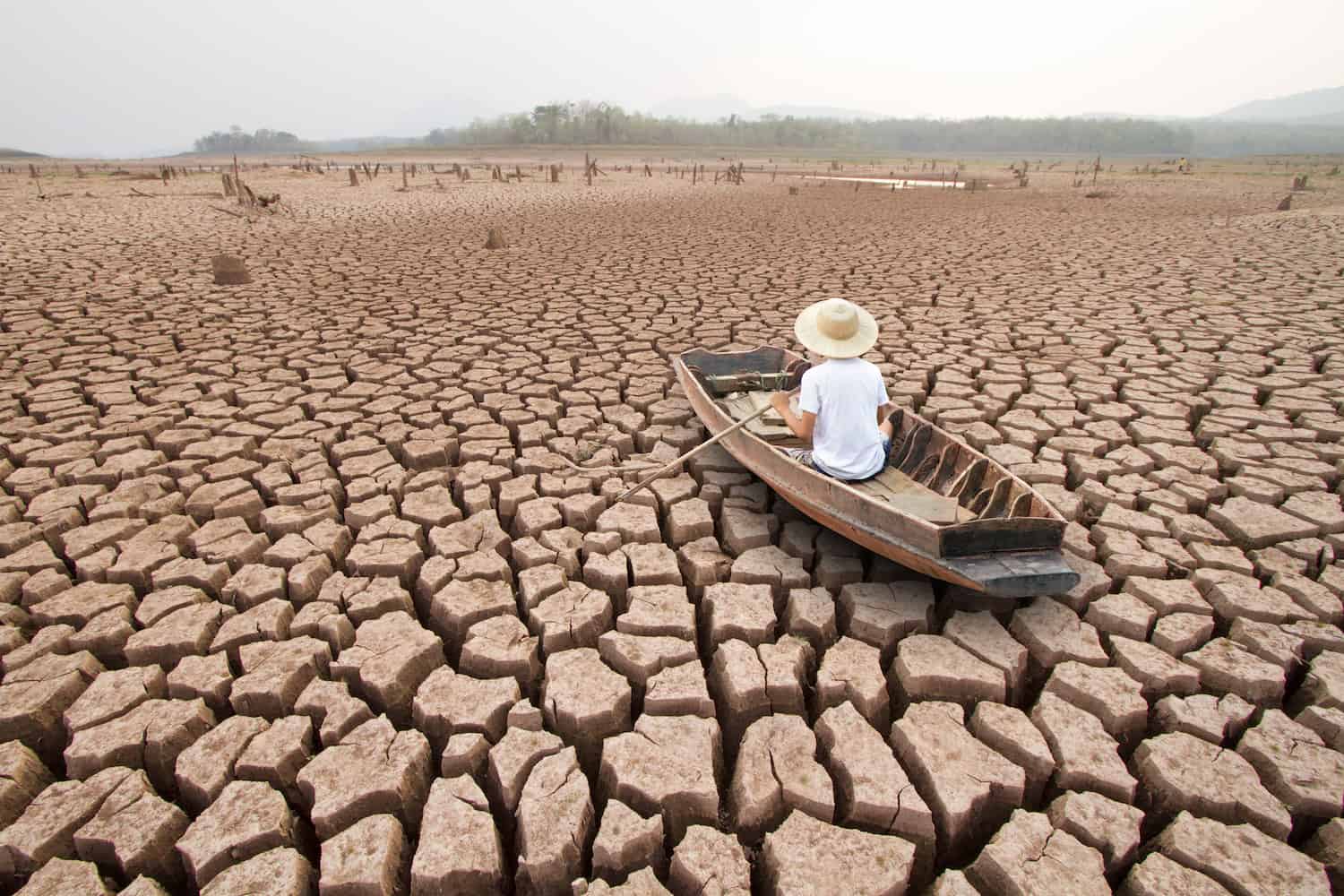Dubai, UAE–Rising sea levels, vanishing Arctic landscapes, fading coral reefs, acidic oceans, and raging forest fires are common occurrences today. Climate change is escalating its aggressive posture before a full scale assault on humanity. A new study found that it costs the world $16.3 million per hour. On November 17, global temperatures surpassed 2°C above pre-industrial levels. The latest data highlights the Earth’s rising temperatures ahead of COP28 in Dubai, starting November 30, 2023.
Rise of global temperatures
In October 2023, the European Union’s Copernicus Climate Change Service expected this year to be the hottest since at least 1940. According to 2015 Paris Climate Agreement, global warming should be kept well below two degrees Celsius, and remain limited to 1.5°C above pre-industrial levels. What about what occurred on November 17th, though?
According to scientists, climate change combined with the El Niño weather pattern are to blame for these recent record-breaking temperatures.
More Destructive Natural Disasters
El Niño is a climate phenomenon that occurs when parts of the Pacific Ocean get warmer than usual. It messes with the weather, triggering floods, droughts, and temperature swings. Recent findings show that climate change is exacerbating the strength of this phenomenon, creating quite a dynamic duo.
Severe Floods & Drought
As of November 29, 2023, Kenya reported that about 90,000 households had to flee their homes due to catastrophic floods brought on by El Niño, killing 120 people in the country.
In Libya, over 11,000 people have died and many more have gone missing as a result of the devastating floods, the UN reports. As a result, global oil prices rose above $92 a barrel in September 2023 for the first time in almost ten months, bracing for supply disruptions. At least fifteen individuals lost their lives in Greece as streets turned into lethal rivers, drowning entire villages and forcing rescuers to use inflatable boats to get families out of their flooded homes. The list goes on.
At the upcoming COP28 summit, African delegates are expected to bring new ambitions and critiques, building on insights from the first-ever Africa Climate Summit (ACS) held in Nairobi last September.
The Horn of Africa is now twice as likely to experience a drought due to rising sea temperatures. Due to droughts, millions of people in nations like Ethiopia, Kenya, and Somalia are currently in need of assistance.
The National Centers for Environmental Information reported that in October 2023, dry weather affected most of Canada, South America, Australia, northern China, and the Mediterranean region.
In areas like the Dry Corridor, the threat of El Niño returns. This region, which spans El Salvador, Guatemala, Honduras, and Nicaragua, is susceptible to droughts.
“What is especially worrying is that the warming El Niño event is still developing, and so we can expect these record-breaking temperatures to continue for months, with cascading impacts on our environment and society,” explains Petteri Taalas, Secretary-General of the WMO.
Deadlier Cyclones
In 2023 alone, the planet witnessed twenty-nine major tropical cyclones.
In September 2023, Cyclone Daniel became the deadliest and costliest tropical cyclone of the year. It tragically took the lives of over 10,000 people across Libya, Greece, Turkey, and Bulgaria, causing damage totaling at least $21.14 billion, with Libya and Greece bearing the burden of the destruction.
International Wildfires
As if disorder among water, air, and earth were not enough, climate change is also messing with the 4th element: fire.
The 2023 wildfire season spread across continents, with deadly fires hitting Turkey, Algeria, Spain, and other European countries in July, costing countries like Greece over $1.8 billion in damage and more than 161,000 hectares of land destroyed as of August 2023. They destroyed homes, posed a threat to nature reserves, and occurred during a third wave of extreme temperatures.
Wildfires refer to uncontrolled blazes that spread rapidly through vegetation, ignited by natural causes like lightning or human activities. These infernos devour forests, grasslands, and other landscapes, often driven by dry conditions and strong winds.
Heatwave Hell
Heatwaves spared no continent. Alongside wildfires, people around the world experienced “hell”, as described by UN Secretary General António Guterres, in countries such as Egypt, France, Greece, and India.
The record-breaking heatwave in Europe claimed the lives of about 62,000 people.
July 2023 was also the hottest month ever recorded since the start of temperature recording.
COP28, a critical event
Climate change poses severe ecological threats, endangering lives, destroying habitats, and impacting worldwide life quality and even emotional wellness. Science informs us that there is still time to address climate change, even though it is undeniable. “The climate emergency is a race we are losing, but it is a race we can win”, estimated Guterres in September.
Amidst the tumultuous environmental catastrophes of 2023, confronting climate change becomes ever more pressing. Productive change requires radical transformations in all spheres of society, governance, and international cooperation. This pursuit of consensus is at the heart of COP28’s agenda over the next two weeks.








